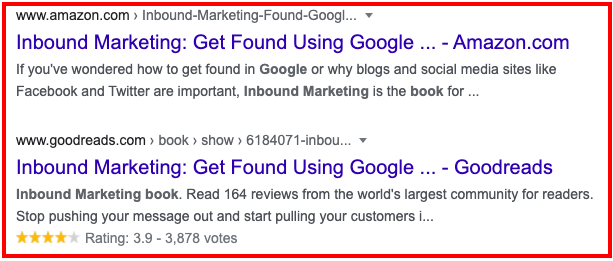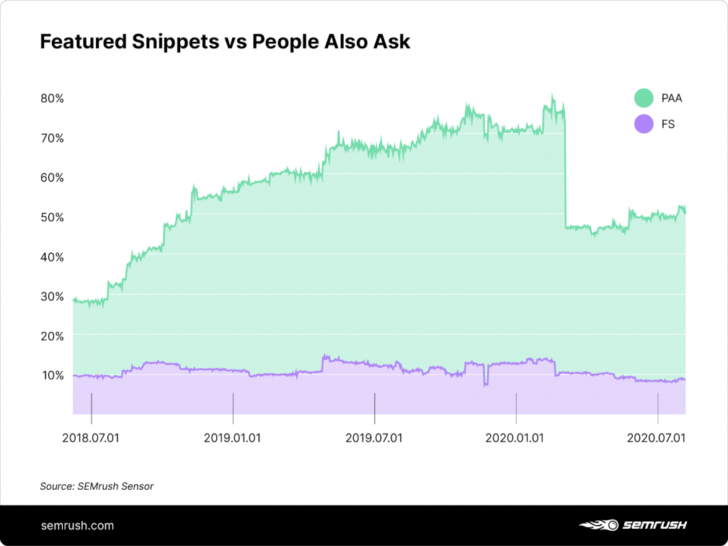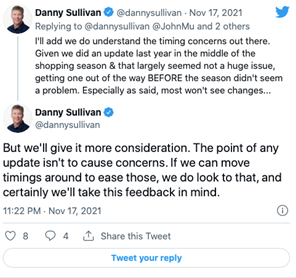30-second summary:
- Automation is a hot topic within digital marketing, and Google has more options than ever before for search practitioners to utilize
- However, there’s still a level of discomfort with handing the keys to the kingdom over
- As a long-time skeptic myself, I make the argument for automating core components of search campaigns and share the areas where marketers should instead focus their energy and attention for success in 2022
“Automation” it’s a word of constant focus for search marketers these days – and rightfully so. There are more components to search than ever before, and automation is a critical tool that enables us to optimize campaigns at scale and frees us to focus on what can’t be automated.
Google has released automated solutions to nearly every aspect of account management, but how do we know when it makes sense to hand over control and where we should maintain a strong level of influence? I see 2022 as a year for search practitioners to reimagine and rework their approach to search engine marketing (SEM) with Google, striking a new balance between automated solutions and customer-focused, business-driven oversight.
Handing over the keys (or at least some of them) in a reimagined relationship
Google Ads has become a one-stop-shop for marketers looking to engage customers across platforms up and down the funnel. It’s not just about search and shopping anymore – practitioners can also buy Discovery Ads, YouTube, Local Ads, etc.
With a more holistic Google Ads, an interesting dynamic emerges with what I call “a tale of two Googles.” On one side, there’s Google’s highly sophisticated suite of flexible, powerful technology tools that are built for advanced users – people and brands who obsess over the next level and the ability to capture it. But now, there is a second side of Google Ads that’s geared toward the masses, with superb out-of-the-box automated solutions.
As a marketer, it’s time to reimagine your approach and embrace these solutions that have been historically shunned by expert search practitioners. And you should do it with pride and intention – let go and let Google automate your campaigns. Then you can focus on core marketing tactics and engaging your customers more effectively. Let Google maximize keywords, placements, bids, and budget levels toward your goals, and make sure that once a user lands on your site, you’re ready to deliver the best experience for them.
A reworked approach to search management
Making the decision to automate is one thing but actually leaving the machine to do its job is another entirely. How do you trust Google automation and its work? Over-engineering and tinkering may actually be detrimental to some programs and instances. Choose tweaks and changes wisely! For years, we overengineered our campaigns, obsessed over keyword funneling in single-keyword ad groups, and took pains to ensure our campaign structure was dialed into the nines.
In 2022, there needs to be a little less control and a little more letting go. For those in the “old guard,” this translates to a trust fall. Google is quite good at understanding intent and matching that intent with the right answer at the right moment. Too much tinkering and intervention is a recipe for disaster and sets the machine up to fail before it can even get started.
With automation in place, where do we focus our energy?
Fear not – there is an abundance of important work to be done, even with core components of a search program automated. Search automation gets elevated by extreme focus on customer experience. You need to figure out how to use technology and data in a privacy-safe way to become more helpful and meaningful as a brand. You need to know your customers so you can speak to them personally throughout their journey. In travel, for example, there are many known preferences, such as window or aisle seat, meal choice, favorite hotel pillow type, etc. Your customers expect you to know these things, and you don’t want to restart the conversation with them every time they open a new browser.
Get closer to understanding your data
Focusing on data science and analytics is a critical piece of search success in 2022. There’s so much data available to analyze, and it’s critical to cut through the clutter by defining your customer-centric business goals, aligning metrics, and reporting appropriately. There’s also a new responsibility for search traffic to help replace data lost from third-party cookie deprecation. Better models will be essential to enable the use of search traffic as a catalyst for scientific remarketing.
Master your customer engagement and first-party data strategy
Privacy is a key focal area as well. Search practitioners need to have conversations about how to scale known customer engagement and how to use advertising technology in a compliant way that supports the business by driving customer experience and performance. You need to evaluate your first-party data strategy and look for ways to layer that data into the search experience, whether it’s through messaging, bidding, or other avenues. Google knows a lot about users, but there is information unique to the business that you can use to elevate automation.
Refine your site and landing page experience
Ownership of landing page experience and site content optimization also lie entirely with brands as important components of successful search programs. Search has become a visual battleground – just close your eyes and imagine a Google results page. Five years ago, you would have pictured ten blue links on a screen, and now to think of that feels archaic! Today, you probably imagined a mix of images, shopping listings, maps, videos, and more. As a practitioner, that means your content needs to be optimized to deliver the right information to customers, regardless of the landscape for their unique query. Then, when the user lands on your site, you need to be ready to deliver the information they need to take the next step in their journey.
Conclusion
For years, we needed to re-engineer the game inside of Google Ads because we didn’t have another choice. Now, instead of getting ahead that way, marketers that excessively tinker will fall behind and lose ground on the components that need the utmost attention – analytics, first-party strategy, and customer experience. It’s time for all of us to reimagine and rework our focus as practitioners toward those new realities.
Matt Mierzejewski is SVP of Performance Marketing Lab and Search at Merkle Inc.
Subscribe to the Search Engine Watch newsletter for insights on SEO, the search landscape, search marketing, digital marketing, leadership, podcasts, and more.
Join the conversation with us on LinkedIn and Twitter.































